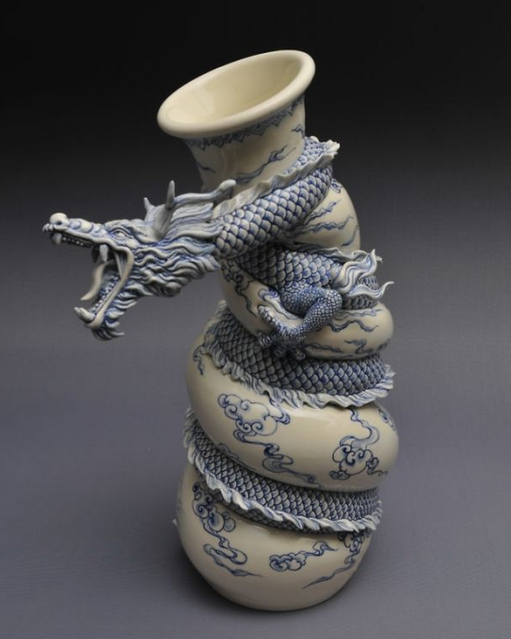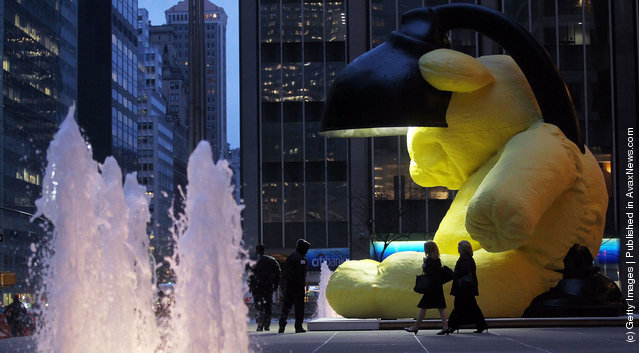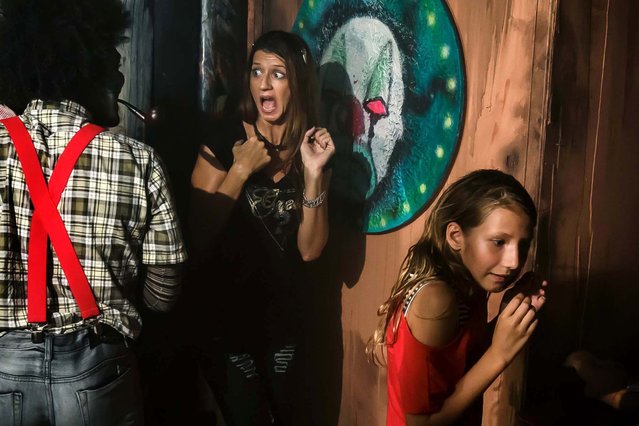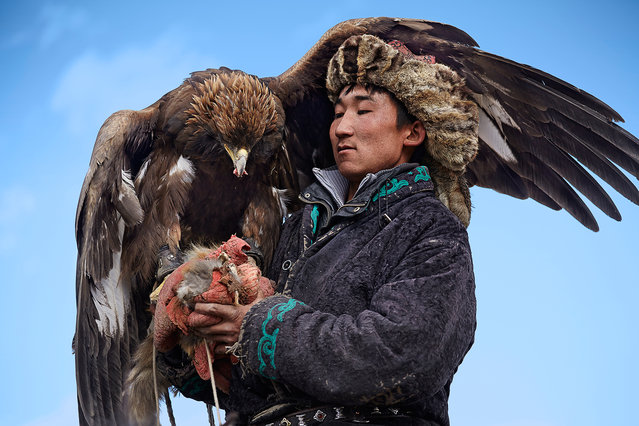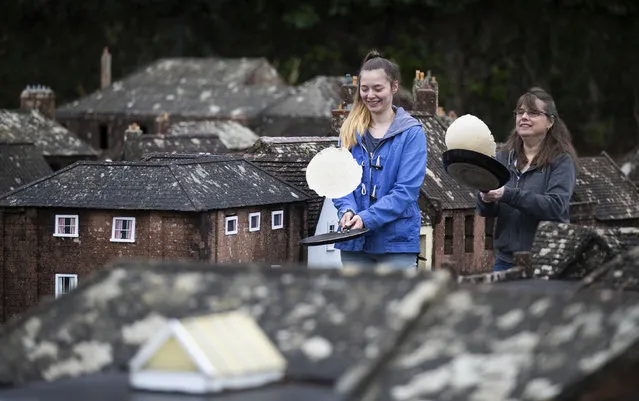
The cutest Instagram ever! Tokyo-based mother Aya Sakai is taking pictures everyday of her son Tasuku and his best friend, a French Bulldog ‘Muu’ and post it on Instagram and her Facebook page. Whether the two are watching tv on their ‘favorite’ cushion or cuddling on the couch or sleeping together, the two just can’t seem to get enough of each other. Probably the cutest thing I’ve seen in a long time…
29 Aug 2013 10:24:00,post received
0 comments

